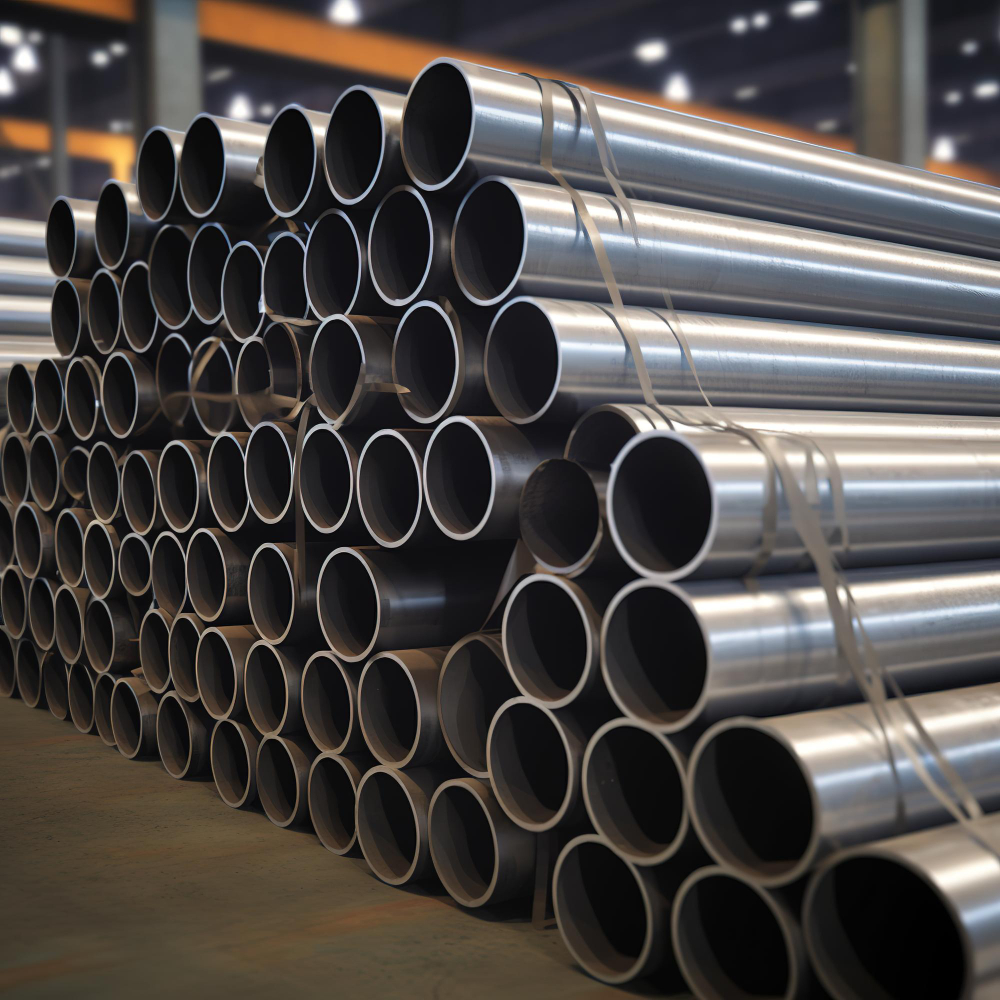
With the evolving demands of modern construction, the construction industry is increasingly leaning toward materials that offer durability, strength and sustainability. One material that stands out in this respect is steel. It remains a cornerstone in building and infrastructure, from skyscrapers to underground utilities. In this article, we will discuss why steel pipe and piling supply is not just a choice but a necessity for sustainable infrastructure.
Steel: A Demanding Choice For Future Sustainability
Reduction in Natural Resource Consumption: Utilizing steel in construction minimizes the depletion of natural resources like wood.
- Emission Reduction: Steel production has made strides in reducing carbon emissions, thereby contributing to environmental preservation.
- Climate Change Control: With features like temperature resistance, steel helps in creating buildings that adapt well to various climatic conditions.
- Energy-Efficient Solution for Carbon-Neutral Construction: It is a key player in sustainable energy projects, from wind turbines to solar panel frames.
- Affordability Comes With Durability, Recyclability, Strength and Versatility: Though it may seem expensive upfront, the longevity of steel proves cost-effective in the long run. It can be recycled without loss of quality, making it a circular economy champion. Its high tensile strength and ability to be molded into various shapes make steel a versatile material.
- Applications Across Multiple Sectors: Steel’s demand is ubiquitous, from residential housing to complex industrial applications.
Use Of Steel Pipe & Piling In Building
- Structural Sturdiness: Procure steel pipe and piling supply to ensure buildings remain structurally sound over long periods.
- Bind Steel with Reinforced Concrete: The combination of steel pipes and concrete provides an added layer of robustness.
- Manufacturing Sheet Products: Steel pipes are essential in manufacturing corrugated sheets, a popular material for modern roofing.
- Non-Structural Applications: Beyond load-bearing capabilities, steel pipes are used in non-structural applications like handrails.
- Crafting Internal Fittings & Fixtures: Steel pipes are commonly used for plumbing, HVAC and electrical conduit systems.
Improve Operational Efficiency In Infrastructure
- Establishing Transport Network: Steel pipes and pilings are often used to construct bridges, tunnels and rail systems.
- Carrying out Operations in Underground Utilities: Steel piling ensures the smooth operation of sewer systems, electrical lines and gas pipelines.
Pipe And Piling Supply: Ensure Construction Strength
- Quality Assurance: Reputable companies provide products that meet international quality standards, ensuring longevity and structural integrity.
- Customization: The best suppliers offer custom solutions that can meet your project’s specific requirements.
- Expert Consultation: Good suppliers have experts to provide valuable input on the best types of pipe and piling for your particular application.
- Timely Deliveries: One of the benchmarks of a reliable company ensures delivery of pipe and piling supply on time, thereby keeping your project timeline intact.
- Cost-Efficiency: By providing products that require less maintenance and replacements, reputable suppliers can significantly lower the overall project costs.
- Sustainability: An added benefit of purchasing from a reliable supplier is the assurance that the products are sustainably sourced and manufactured.
Use Our Steel Pipes And Pilings For Their Unmatched Efficiency
Are you in the construction industry looking to make a shift toward sustainability? Consider investing in pipe and piling supply from Bigfoot Pipe & Piling. Choose quality, strength and sustainability—make your next project a lasting legacy. Connect with us now to make a robust structure.
